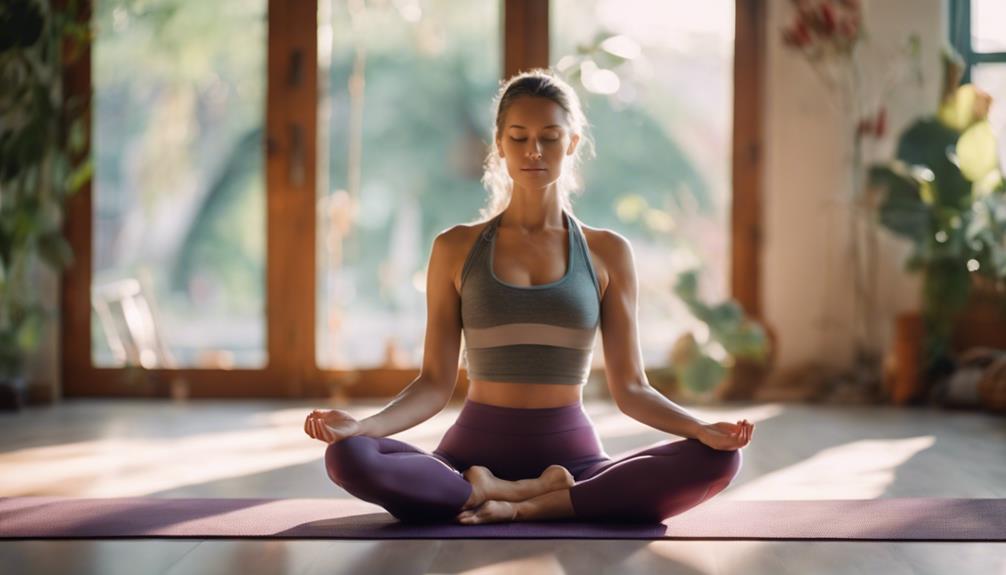Will Yoga Increase Flexibility

Yoga has become a popular practice for individuals seeking to enhance their physical and mental well-being. One of the most frequently asked questions surrounding yoga is, “Will yoga increase flexibility?” This article delves into how yoga can improve flexibility, the science behind it, and the different styles of yoga that can aid in achieving greater flexibility.
Understanding Flexibility and Its Importance
Flexibility refers to the range of motion in your joints and muscles. It plays a crucial role in overall physical fitness and health. Increased flexibility can lead to better posture, reduced risk of injuries, and improved athletic performance. Moreover, enhanced flexibility can alleviate muscle tension and enhance the body’s overall functional capacity. By understanding the importance of flexibility, individuals can appreciate how practices like yoga can contribute to a more flexible, pain-free lifestyle.
The Science Behind Yoga and Flexibility
Numerous studies have shown that yoga can significantly enhance flexibility. When you practice yoga, you engage in various postures (asanas) that stretch different muscle groups, promoting elasticity in the muscles and connective tissues. The combination of static stretching and dynamic movements allows the body to gradually adapt to the increased range of motion. Research indicates that regular yoga practice can lead to measurable improvements in flexibility, particularly in areas such as the hamstrings, hips, and spine.
Different Yoga Styles and Their Impact on Flexibility
Not all yoga styles are created equal when it comes to increasing flexibility. Some styles, like Hatha and Yin yoga, focus heavily on long-held stretches that target deep tissues, making them particularly effective for enhancing flexibility. Hatha yoga incorporates a variety of poses that promote gentle stretching and alignment, while Yin yoga involves holding poses for extended periods, allowing deeper stretching of connective tissues. On the other hand, more dynamic styles like Vinyasa or Ashtanga yoga also contribute to flexibility, but they do so through movement and flow rather than prolonged holds.
How Often Should You Practice Yoga for Optimal Flexibility?
To truly reap the benefits of yoga for flexibility, consistency is key. For optimal results, it is recommended to practice yoga at least three times a week. However, even shorter sessions can be beneficial. Incorporating a few minutes of yoga each day can gradually enhance your flexibility over time. Additionally, listening to your body is essential; avoid pushing yourself too hard, and allow for adequate rest and recovery between sessions.
Common Yoga Poses to Increase Flexibility
There are several yoga poses specifically designed to improve flexibility. Here are a few key poses to incorporate into your practice:
1. Forward Fold (Uttanasana): This pose stretches the hamstrings and calves, promoting flexibility in the lower back and legs.
2. Pigeon Pose (Eka Pada Rajakapotasana): A fantastic hip opener that targets the hip flexors and glutes, enhancing flexibility in these areas.
3. Cobra Pose (Bhujangasana): This backbend stretches the spine and opens the chest, improving flexibility in the back and shoulders.
4. Butterfly Pose (Baddha Konasana): A great way to stretch the inner thighs and groin, promoting flexibility in the hips.
5. Seated Forward Bend (Paschimottanasana): This pose stretches the entire back and hamstrings, making it excellent for overall flexibility.
Mindfulness and Breathing: Key Components of Yoga for Flexibility
While the physical aspects of yoga play a significant role in enhancing flexibility, the mental component is equally important. Mindfulness and breath control (pranayama) are integral to yoga practice. Focusing on your breath helps to relax the muscles, allowing for a deeper stretch and greater range of motion. Mindfulness encourages you to be present in each pose, increasing your awareness of the body and its limitations. This combination of breath and awareness not only improves flexibility but also fosters a greater connection between the mind and body.
Combining Yoga with Other Flexibility Training
To maximize flexibility gains, consider combining yoga with other forms of flexibility training. Activities such as Pilates, dance, or even traditional stretching routines can complement your yoga practice. Cross-training can enhance overall muscle elasticity and improve your performance in various physical activities. However, always ensure that your additional training is balanced with adequate recovery to prevent overstretching or injury.
Conclusion: Embracing Yoga for Enhanced Flexibility
In conclusion, the answer to the question “Will yoga increase flexibility?” is a resounding yes. Through a combination of regular practice, targeted poses, and mindfulness, yoga can significantly enhance your flexibility and overall physical well-being. Whether you’re a seasoned yogi or a beginner, incorporating yoga into your routine can lead to lasting benefits for your body and mind. So roll out your mat, breathe deeply, and embrace the journey toward greater flexibility and health through yoga.Is Yoga Renew LegitHow Do You Practice YogaDecathlon Yoga